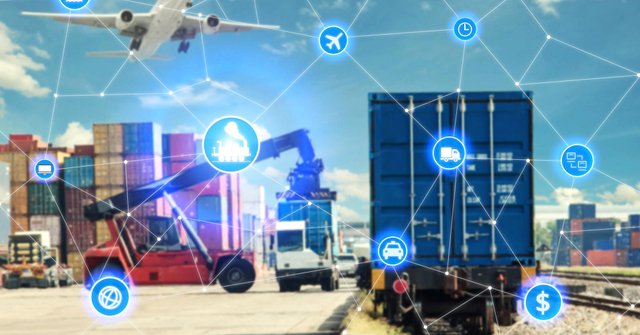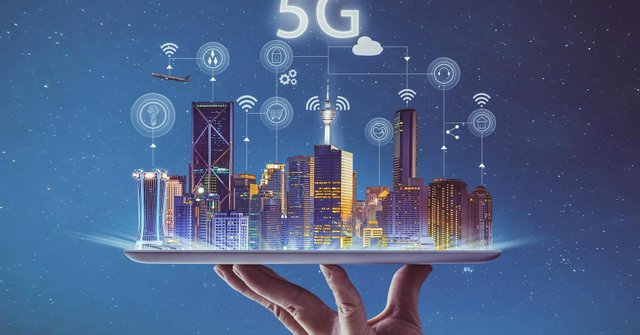
Mobile technology is reshaping society and the global economy in ways that would have been unimaginable a decade ago.
Today faster mobile broadband is delivering services that allow consumers to download high definition video in minutes, play live multiplayer games, watch TV and make video calls on the go without buffering.
The proliferation of smartphones has connected people across the world, and by mid 2017, two thirds of the world's population had a mobile subscription – a total of 5 billion unique subscribers. By 2020, almost 860 million new subscribers will be added, taking the global penetration rate to 73%.
However, with mobile subscriber growth slowing and competition intensifying, many telecom operators are questioning whether they've had the best of times and the future outlook may not be so promising.
At this year's Global Mobile Broadband Forum (MBBF 2017), held in London, the most influential decision makers from the ranks of operators, vendors and other participants in the mobile ecosystem gathered to explore how to achieve sustainable growth in the future.
In the opening keynote presentation at MBBF 2017, Huawei Rotating CEO Ken Hu, said "What if these operators were told they could tap into 1 billion new subscribers offering sustainable mobile revenues?"
These new subscribers are modern connected cows, dairy herds that wear mobile connected sensors. In China, operators are helping dairy farmers track their dairy herds by using Huawei's NB-IoT technology which provides longer battery life, cost savings and greater coverage. Through the collection of biometric information from the NB-IoT devices, farmers can monitor the cows' movement and health and let them graze further, to better manage milk production.
The results are nothing short of impressive – farmer profitability has increased by 50%, equal to $420 per cow, per year, and for the telecom operator every connected cow is a new subscriber, bringing $10 per cow, per year.
"You could say the connected cow is a cash cow for dairy farmers and operators. And the opportunity doesn't end there. Connecting 'things' such as the world's 20 million shipping containers, 100 million new bicycles, 300 million LED streetlamps and 1.8 billion water meters, are bringing new services to industries, cities, businesses, and homes, and placing operators at the center of this new mobile world. But driving the connectivity of everything requires fresh thinking, smarter networks and a stronger ecosystem," said Mr. Hu.

New mindset and thriving ecosystem drive future applications
Operators hoping to capitalize fully on this opportunity, will need a new mindset and new business models to be able to scale to the diversity of IoT connections across vertical industries. Operators also need to foster closer relationships with verticals and the application developers who will enable this environment.
Huawei is cultivating an ecosystem that brings together global and local, or "glocal", business partners to boost industry collaboration and innovation capabilities. By supporting the greater good of the industry this generates more opportunities for all ecosystem players.
The impact of this thriving ecosystem can be seen in Huawei's Wireless X Labs, which is dedicated to the study and exploration of future applications. Since the lab was established last year Huawei has worked with over 250 partners to develop over 45 new innovations including 5G wireless connected smart factories, wireless control of automated vehicles and robotics, and cloud-based industrial cameras. Other examples include connected drones, the world's first wireless charging base station for drones, cloud-based AI guiding helmets, and remote medical treatment with the low latency of 5G.

Smarter networks from 4.5G to 5G
At MBBF 2017, Ryan Ding, president of the Carrier Business Group at Huawei, urged operators to start building capabilities now to support future 5G services.
In a keynote presentation, Mr. Ding said: "Never leave until tomorrow that which you can do today. Our industry cannot just sit and wait for 5G. We must act now, incubating new services and building new capabilities in 4.5G networks. I believe that WTTx [wireless to the x] and NB-IoT will be a good start."
WTTx has become a mainstream way of providing home broadband alongside fibre, copper and cable. The commercial use of WTTx is accelerating globally and by the end of 2017 there will be over 200 WTTx networks, serving 50 million homes.
"WTTx is different from the traditional mobile broadband business. There is high data consumption, fixed location and much, much higher concurrency, especially at night. So we need to build up new capabilities to match this difference," said Mr. Ding.
However, existing networks are built for connecting people and they now need to evolve to become application-centric, data-driven, intelligent systems. The use of big data and AI will enable operators to build networks that can be controlled and managed more intelligently. From operations and maintenance to service provisioning, operators need networks that are automated, self-optimizing, and self-healing to drive stronger performance and greater capacity.

In the next few years operators will inevitably move to 5G networks which will transform the role of mobile technology in our society. As demand for connectivity grows, 5G will deliver the speed, reliability and security to meet the demands of new applications everywhere. In fact, Huawei is already working with Deutsche Telekom and Orange as well as EE, Telefónica and Vodafone on 5G trials, with EE and Huawei achieving 2.8Gbps in the UK's first end-to-end 5G test.
During his keynote speech on embracing 5G mobile networks, Edward Deng, president of Huawei Wireless Solution, highlighted that operators' top priority is to build a 5G-oriented mobile network that meets the demands of a super connected society and industry development, and this requires fostering the three elements of future network:
"Operators will need powerful network capabilities that meet the high capacity, seamless coverage, and low latency requirements of a wide range of services; an agile network architecture to improve the efficiency of multi-service connections; and intelligent network management to enable efficient network O&M, improve network performance and optimize the service experience," explained Mr. Deng. To help operators seize new business opportunities and achieve sustainable growth in a digitalized society, Huawei has introduced key technologies and solutions that will power future mobile networks: 5G Era SingleRAN, Mobile Cloud, and Wireless Intelligence.

Connecting everything and everyone demands collaboration
In the future mobile broadband will enable fully automated homes, driverless cars, smart manufacturing, smart parking and holographic conference calls among other consumer and industrial applications.
"However, mobile won't change the world by itself," Mr.Hu explained. "There are many challenges to overcome before the promise of a truly connected world can be realized. There is a well-known phrase in Chinese – "Weiji"– which means that through challenge comes opportunity."
Adopting this mindset will help drive collaboration amongst the telecom industry, vertical industry partners and applications developers to enable mobile networks to deliver a near-endless array of connected services to enhance our lives. "The only limitation will be our imagination," concluded Mr. Hu.


Hi! I am a robot. I just upvoted you! I found similar content that readers might be interested in:
https://www.forbes.com/sites/huawei/2018/01/23/reshaping-the-world-with-mobile-the-only-limitation-is-our-imagination/
Downvoting a post can decrease pending rewards and make it less visible. Common reasons:
Submit